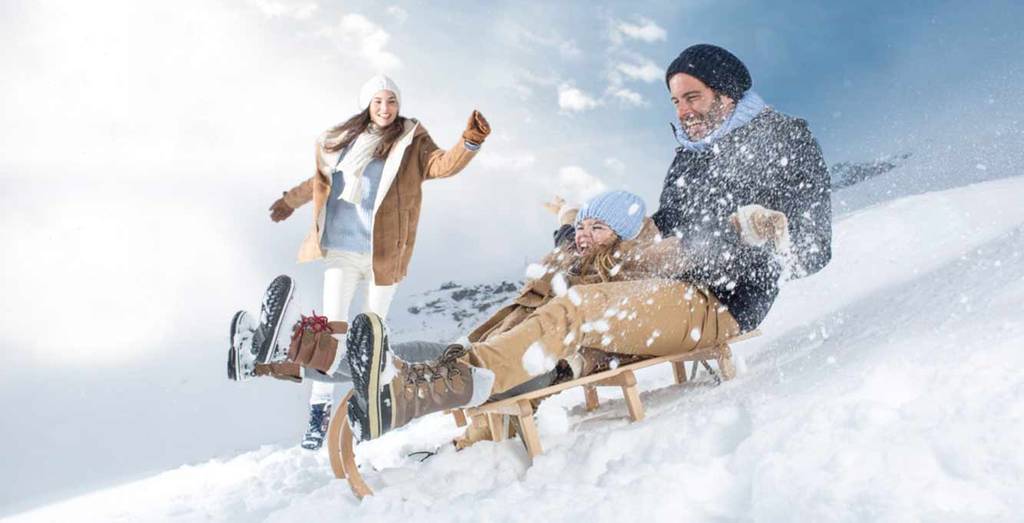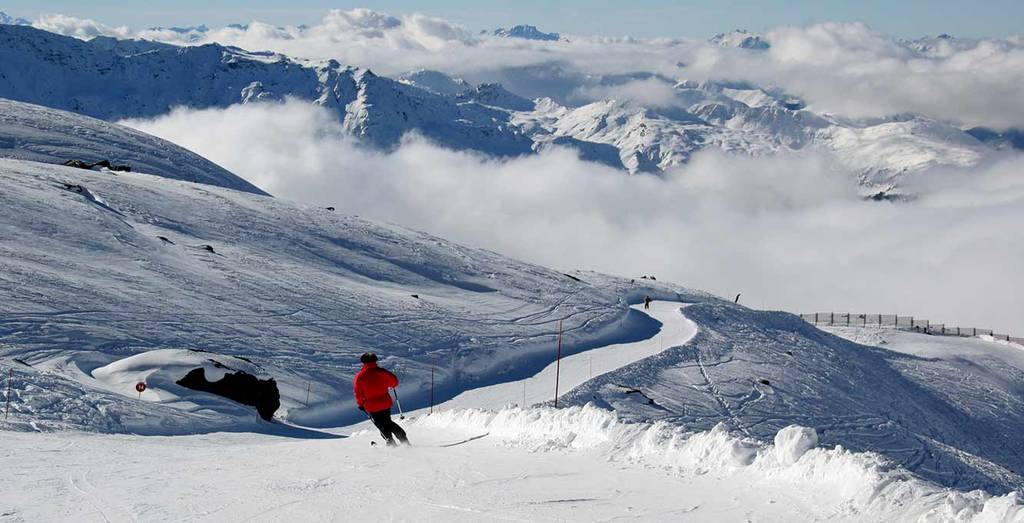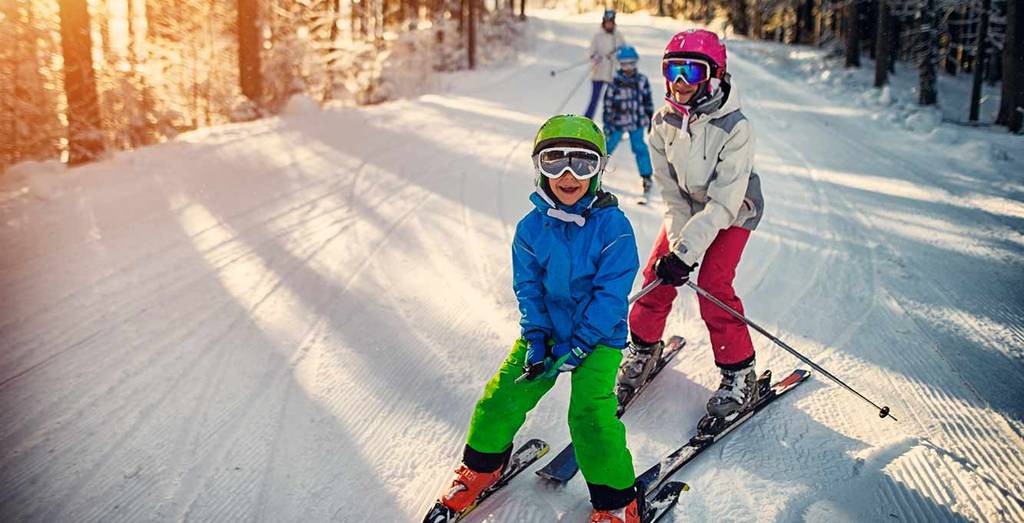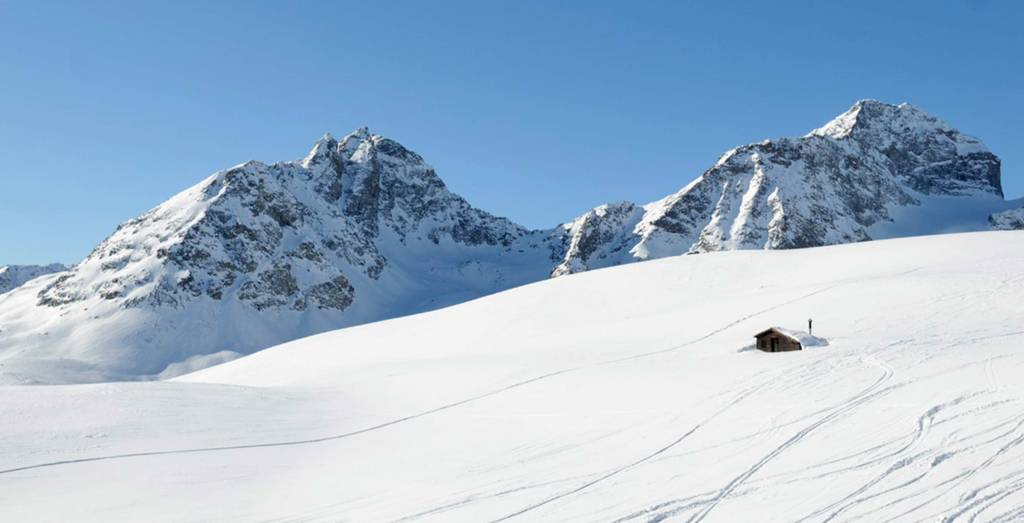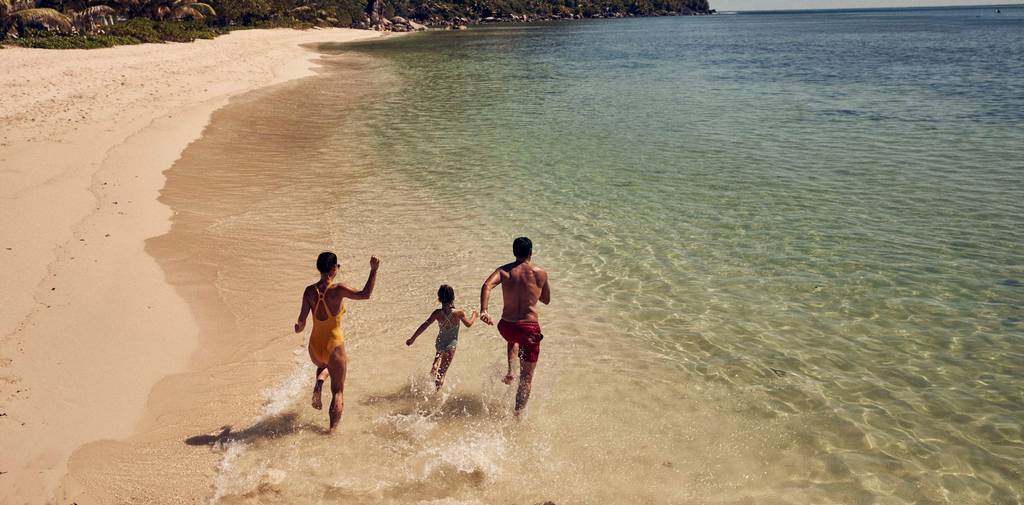Whether you’re travelling with a big family or you’re planning a romantic getaway, going skiing in the French Alps around Christmas can be a magical experience.
It’s not hard to work out why spending December around snow topped mountains and quaint traditional villages is a great idea. With the cliché of a white Christmas being a guaranteed forecast in the Alps, this is the kind of trip that dreams are made of.
But it’s not just about admiring the scenery; December is also a great time to hit the slopes. This is because the snow conditions are often great, and also the fact that if you time it well, it can be reasonably quiet. The latter reason only applies to Christmas though, with New Years Eve being a very popular time for a ski holiday.
Many resorts in the Alps celebrate Christmas in their own special way. In Méribel, Santa arrives on a horse-drawn sleigh with a troupe of acrobats, handing out gifts whilst a New Orleans jazz band plays Christmas songs. At Courchevel, the festivities last a whole week, with street parades, light shows, fireworks, and a jolly Santa handing out gifts.
As well as Christmas festivities, being in the snowy Alps for New Year’s Eve can be an incredible experience, especially if you want to celebrate in style. Après ski has long been a popular alpine pastime, and if there’s one time of the year for a party, it’s New Years Eve. Most resorts hold big après ski parties, but one to make note of is the raucous 1920’s themed masquerade party in Val d'Isère. It’s known to be one of the best New Year’s après experiences around.
